
Kebabian's Rug Store
71-73 Elm Street, New Haven, CT 06510
The deep-red, one-story building, framed by a parking lot and tall masonry, Kebabian’s Rug Store stands out for its color, short height, large front windows, and retro sign. The building has served as the showroom and rug repair service studio for Kebabian’s Rugs since 1920. It has been in the hands of three different Kebabian’s, and has briefly seen to co-ownership with a washing machine company. Before the Kebabian’s existed a hardware store. Although the washing machine company and hardware store either left the site or went bankrupt, Kebabian’s Rug Store has withstood nationwide and citywide economic depressions, changes in home décor trends, and drastic changes in the neighborhood dynamic. The store has continued to serve the purpose that it served its founder in the late 19thCentury—to finance a comfortable living for the family and college educations for its members. More often than not, these college degrees end up being from Yale University itself. The building is a rich piece of New Haven commercial history that reflects the commercial and social wants of the 21stCentury citizen.
1916-20: Weed and Co. Inc. saddlery hardware (71 Elm); 1921-22: Weed and Co. (71-73 Elm); 1923-24: vacant (71-73); 1925-26: Kebabian MH Oriental Rugs (Mihran Haig Kababian, 71), Hallock F Co. electric washing machines (73); 1928-1932: Kebabian MH Oriental Rugs (71); 1950: John Kebabian purchases store from father; 1992: John P. Kebabian Jr. purchases store from father
Prior to the construction of the current building, the properties on Elm Street were a bit different. The late 19thCentury saw to a number of impressively sized private residences in the blocks adjacent to the site of 71-73 Elm Street; the addresses were also numbered differently. The plot of land where 71-73 Elm Street currently resides appears to have previously been 37 Elm Street, as well as some of the adjacent lot. 37 Elm Street was the property of Irving G. Richey, in what seems to have been a private home. The building appears to have been narrow—much smaller than the building on the Eli Whitney property next door—and with an outbuilding to the back left of the main structure. By 1916, addresses and property lines on the block had changed, and the current structure had been built. Four steel beams embedded within the ceiling reveal an intention to build a second story. From the onset, the building of 71-73 Elm Street took up almost the entirety of the plot of land—this was with the exception of the small backyard-formed courtyard by the walls of the 59 Elm Street building that surround it from the back and side. The building also had, from its original construction, the prominent wire glass square skylights near the back. The free-standing wall was also part of the original construction. Changes were made when Hallock F. Co. went out of business between 1926 and 1928, and when Mihran H. Kebabian bought the site. The original partitioning wall was taken down by 1931. In the mid-to-late 20thCentury, the backyard courtyard was turned into an interior space. In the 1970s, John Kebabian added security shutters for the front windows to protect from the then-important threat of break-ins. It was also sometime in the later 20thCentury that the roof was rubberized, to make for a better walking surface when rugs were being left there to dry and to protect from water seeping into the building itself. This was also around the time that the HVAC system was installed (which is visible from the roof).
Besides some of these technological changes to the site in the 20thCentury, the site has very much remained almost very similar to when the Kebabian’s first purchased it around 1920.
Although the Tax Assessor’s website documents that 71-73 Elm Street was constructed in 1900, Sanborn maps and copies of the New Haven Directory indicate that the building was constructed sometime between 1911 and 1916. It’s first occupant, registered only as 71 Elm St., was Weed & Co. Inc. saddlery and hardware. They remained there until 1922, where in 1923 and 1924, the building was registered as “Vacant.” In the year 1925, Mihran Haig Kebabian, nephew to the founder of Kebabian’s Rug store of 47 Orange Street, moved Kebabian’s Rugs from 59 Orange Street to 71 Elm Street. At the same time, Hallock F Co, which sold modern washing machines, occupied the 73 Elm Street address until 1928—it appears that at this point, they had gone out of business. Mihran therefore purchased the 73 Elm Street space and doubled the size of his Rug store. The founder of Kebabian’s rug store emigrated from his home in Istanbul, Turkey, to join his Turkish College’s partner school, Yale College. Although John C. Kebabian left Turkey as a way of escaping compulsory military service under a falling Ottoman Empire, he realized that the beautiful rugs of Turkey could be a good way to fund his college tuition. He made excellent profit selling rugs to the affluent parents of his classmates out of his dorm, and would buy a proper storefront on 47 Orange Street in 1888. His nephew, Mihran, would soon join him in the States and help run the business while John C. Kebabian continued his education. Mihran would take ownership of the store around 1920, see it through the Great Depression, and then pass along the store to his son, John. John brought about many structural developments within the rug store, to make the company more competitive during the economic downturn. Although John’s son intended to take a different path than his forebears by attending Tuft’s undergraduate school and pursuing a career in medicine, his father’s illness led him to take on more of the responsibilities of the shop and, upon his father’s passing, exchange his medical pursuits for store management. The son of John Kebabian, John Philip Kebabian, is the present owner of the store. The company currently has 6 employees, and were commissioned for all of the oriental rugs of the new colleges. Presently, their sales function as appointment-only—however, they can almost always be found there during shop hours, conducting repairs. Kebabian’s rug store has withstood the testament of time, advocating for the preservation of New Haven’s historical buildings and functioning as a valuable partner to interested clients at Yale and the city of New Haven overall.
The building of 71-73 Elm Street is half a block away from the New Haven Green. Although the block is not frequented by Yale students as much as the nearby Chapel and Whitney commercial districts, it is still in a dense commercial area of the city. The density and height of the area dwarfs the site itself—the one-story building stands out as an anomaly beside it’s neighboring multi-story stone and concrete buildings. In the 1920s, downtown was the site of both large single-family mansions and bustling department stores. Prior to the World War, New Haven was a popular commercial district that would attract esteemed outsiders to shop and tour at leisure. Kebabian’s store had a strong relationship with the then-tenants of 59 Elm Street, Bullard’s Furniture Store. Many clients would visit the adjacent stores to do their high-end home furnishings.
New Haven experienced strong economic decline in the 50s and 60s that changed the demographic of downtown’s street-goers. It was in the 70s that John Kebabian decided to install a rolling shutter for the display windows as a response to several instances of break-ins and robberies. Presently, the area has more through-traffic towards Union Station and Fair Haven than it does pedestrians. Those that do walk along the street are frequently employees of the nearby municipal buildings. The street is treated more as a transit road than as a promenade.
Kebabian’s is a flat-roofed, single-story brick structure that stands out for its strong horizontal lines and the garnet-red paint on its long sidewall and façade. The long side wall, which also advertises the age of Kebabian’s Rug Store in white paint, has undergone no structural renovations since the original construction. The retro-style “Kebabian’s Rug Store” sign, which originally was lit with neon lights, is estimated to have been installed on the top left corner of the building in the 1940s. Two simple, brick pilasters frame the large window expanses, with heavy brackets that support a thick cornice. These neoclassical elements, painted with the same red color of the brick wall, combine subtle flourishes to a more contemporary, monochrome exterior.
The entrance to the building is symmetrical from center, with its glass and steel double doors recessed from the street by about 5 feet. The floor plan in front of the double doors is trapezoidal, with the longer end facing the street—this has the effect of funneling customers off the sidewalk and into the narrower entryway. The exterior flooring is marked by its bright green turf, elevated four inches off of the sidewalk. Between 1925 and 1932, the building was separated into two different commercial areas—the wall that partitioned the two spaces was taken down by Mihran Haig Kebabian, but can still be seen in segments in the basement.
The main floor of the rug store is divided into three spaces: the largest is the showroom. It is followed by two small open-office cubicles that are backed with a partitioning wall. The walls of the showroom are covered in two different kinds of boards—beam board and peg board. The beam board was part of the original interior design—the peg board was added by John Kebabian in the 1950s, who saw promise in the commercial rug industry and used peg boards to present samples of the then-popular carpeting. Beyond the floor to ceiling wall partition, which is cut open to allow for a large walkway on the left-hand side of the store, is a work area. Two large, square skylights bring light onto the two office areas. Originally, these skylights had been finished with wired glass—now, they have a tinted, glass that forms as a bulb when seen from the roof. In the top-left corner of the work space, a heater from the 40s or 50s protrudes. On the right-hand side of this same workspace, a small stairwell leads down into the basement. The basement is a low-ceilinged, cement-floored area used as a space for cleaning and repairing rugs. Modern technology is surrounded by vestiges of older techniques—covered washbasins, rug hooks, and outdated appliances. The basement also has a bathroom and additional storage space for imported rugs.
In the building’s original construction, the area described would have constituted the entire interior space—two wooden back doors reveal what used to be the outdoor courtyard through wired glass windows. The courtyard was used for washing and drying carpets until John Kebabian, father of the current John P. Kebabian, decided to turn it into an interior space for washing and drying. The interior space has within it a half upper story accessible by ladder and scaffolding that serves as a chute for wet rugs to get pulled up to the roof (by a pulley system) for drying. On the right-hand side of the half-story, a small door leads to the lower roof. Once outside, a six-foot ladder takes one upstairs to the main roof, where washed rugs are dried in the summer months. In order to keep the square paneling and vine-like detailing on the tin ceiling, the air vents were placed outside of the building and onto the roof. It was sometime in the past half-century that the roof was also rubberized, to ensure that no water would leak into the store and result in water damage of the rugs housed there.
4 steel beams embedded in the roof suggest that at some point, the intention of the architect of builder was to add a second story. However, it seems like the next building investments and renovations that the Kebabian store hopes to make involve reinstituting neon lights into their iconic sign.
New Haven Museum
Sanborn Maps of 1911 and 1923-1931
Directories from 1889 to 1935
The Greater New Haven Directory "New Haven: The Price and Lee Company," [Year]
John P. Kebabian, Jr.
Told me the oral history of Kebabian’s rugs, showed me old photos, gave me a tour of the entire space and allowed me to take photographs as well. On
Maps.ie
For exact latitude and longitude of the 71-73 Elm Street Location
https://www.maps.ie/coordinates.html
Vision Guidelines, New Haven. For Tax Assessor’s Information.
City of New Haven Government Website, Maps: https://www.newhavenct.gov/gov/maps.htm
Kebabian’s Historical Newsletter
M. H. Kebabian Spring Sale Newsletter, May 16th1928. Courtesy of John P. Kebabian’s Personal Archives.
M. H. Kebabian Sale Advertising Letter to Mrs. H. J. Rohr, March 26th1925. Courtesy of John P. Kebabian’s Personal Archives.
Researcher
Carina Gormley
Last Updated
June 27, 2018 at 2:55 PM EST
Style
OtherOtherColonial RevivalOtherColonial / GeorgianOtherOtherCurrent Use
CommercialOffices / Business ActivitiesRetailEra
1860-1910Neighborhood
OtherTours
Business and Commerce east of the GreenYear Built
ca. 1900
Architect
Unknown
Current Tenant
Kebabian's Rug Store
Roof Types
FlatShedStructural Conditions
Very Good
Street Visibilities
Yes
Threats
None knownExternal Conditions
Good
Dimensions
103.9' x 199.1'
Street Visibilities
Yes
Owner
John Philip Kebabian
Historic Uses
RetailCommercialDye Works



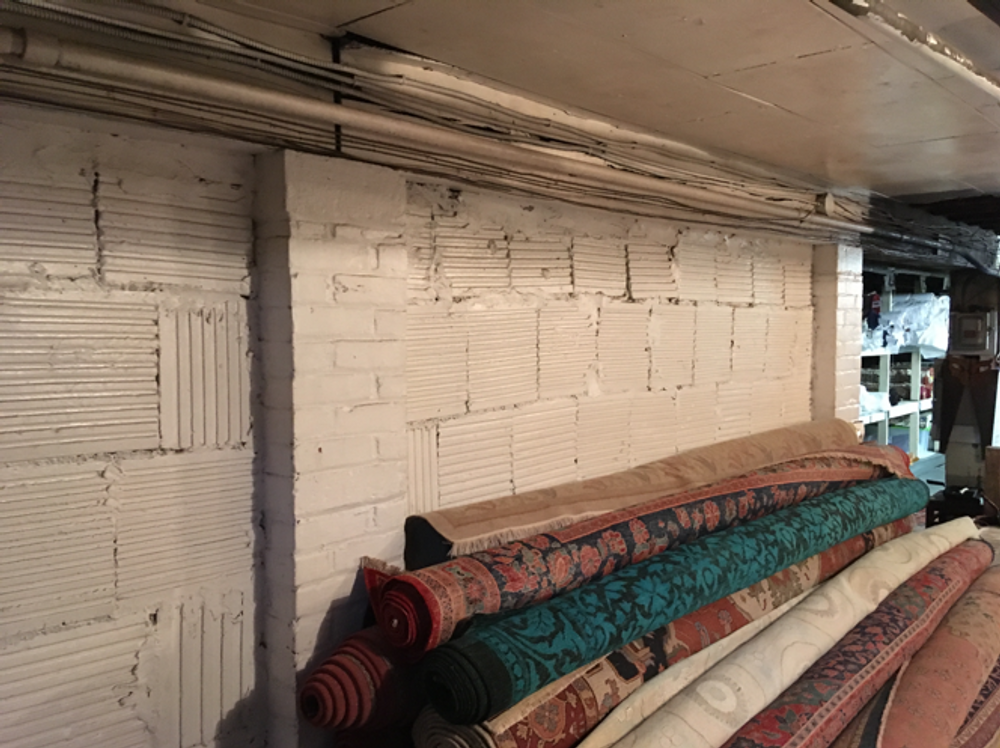
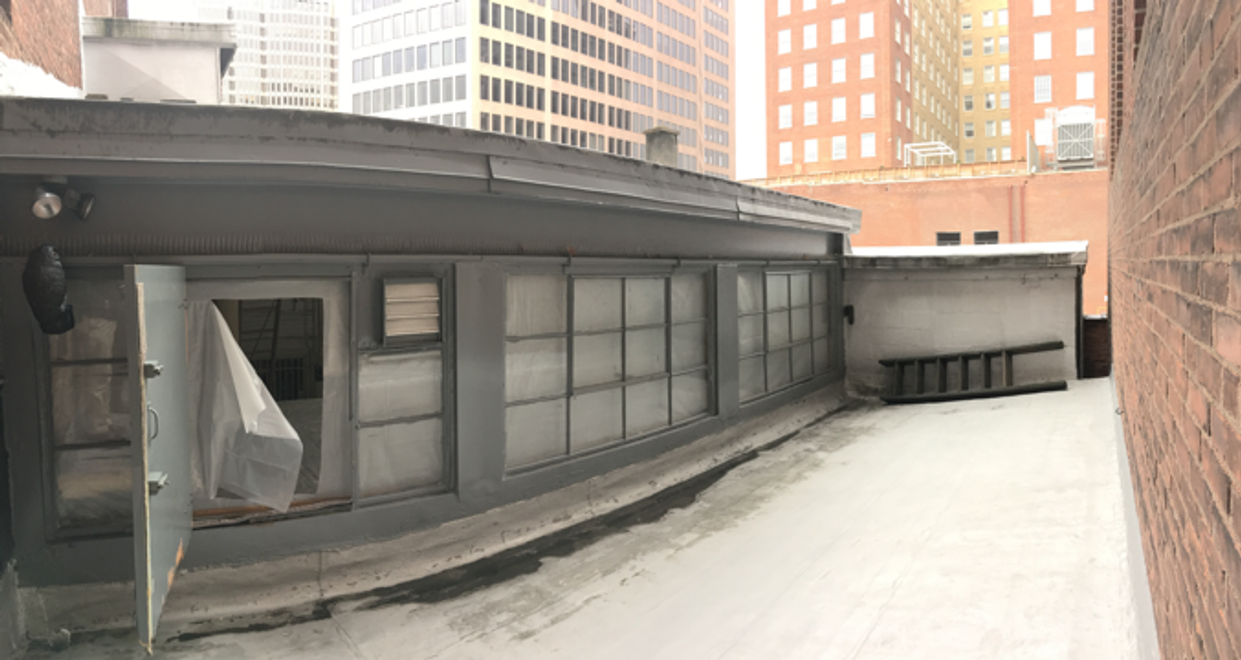

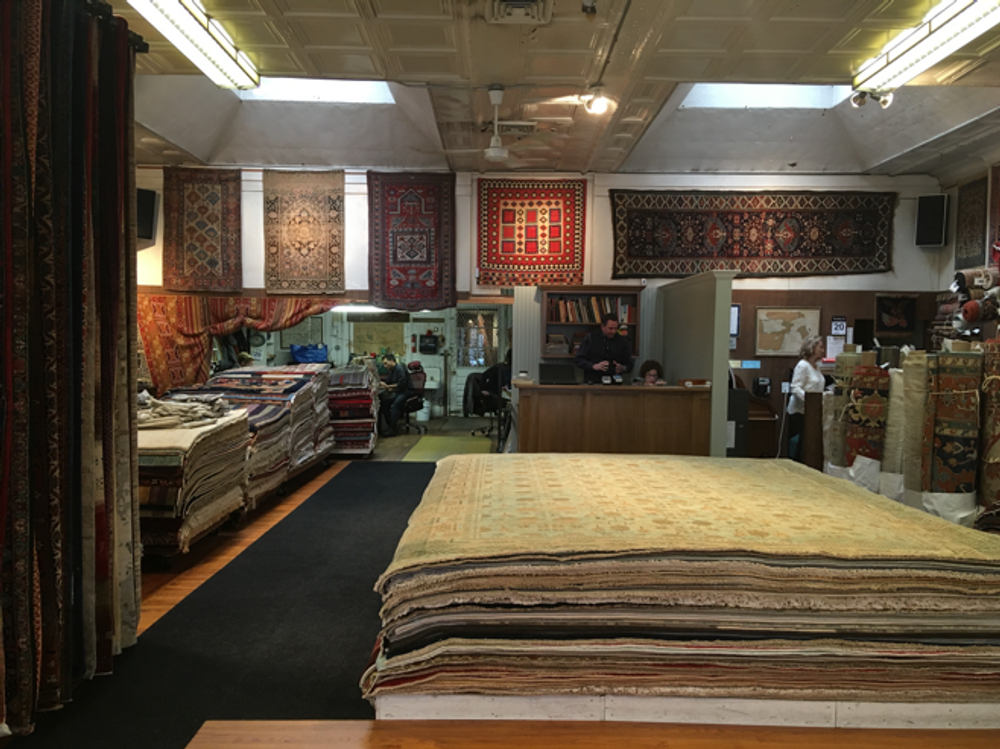
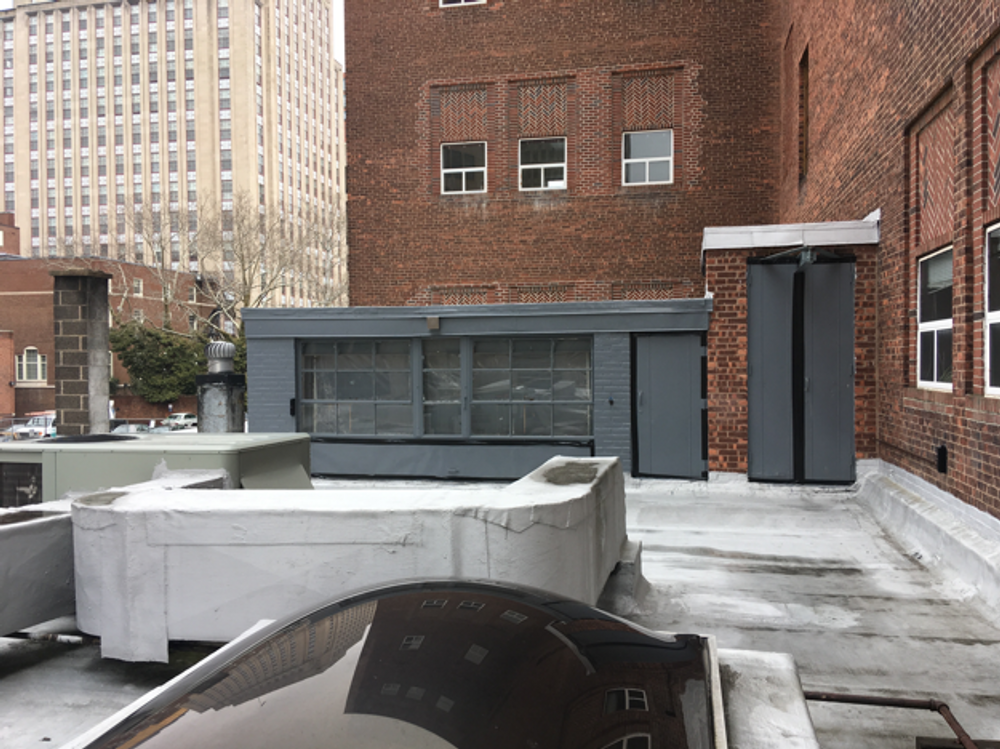
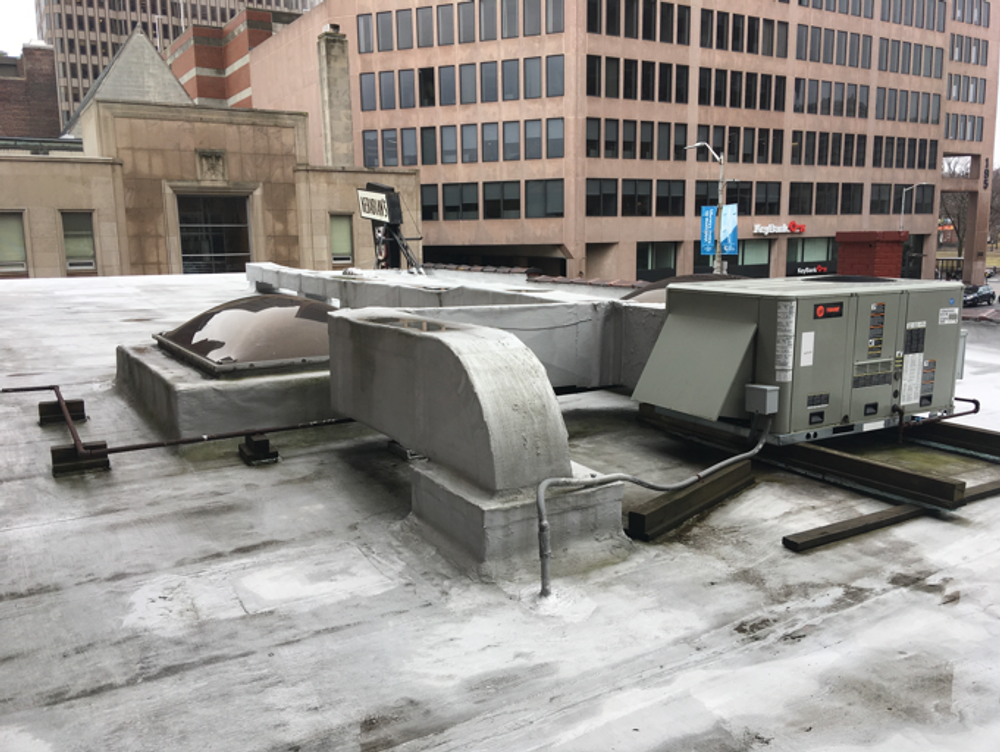
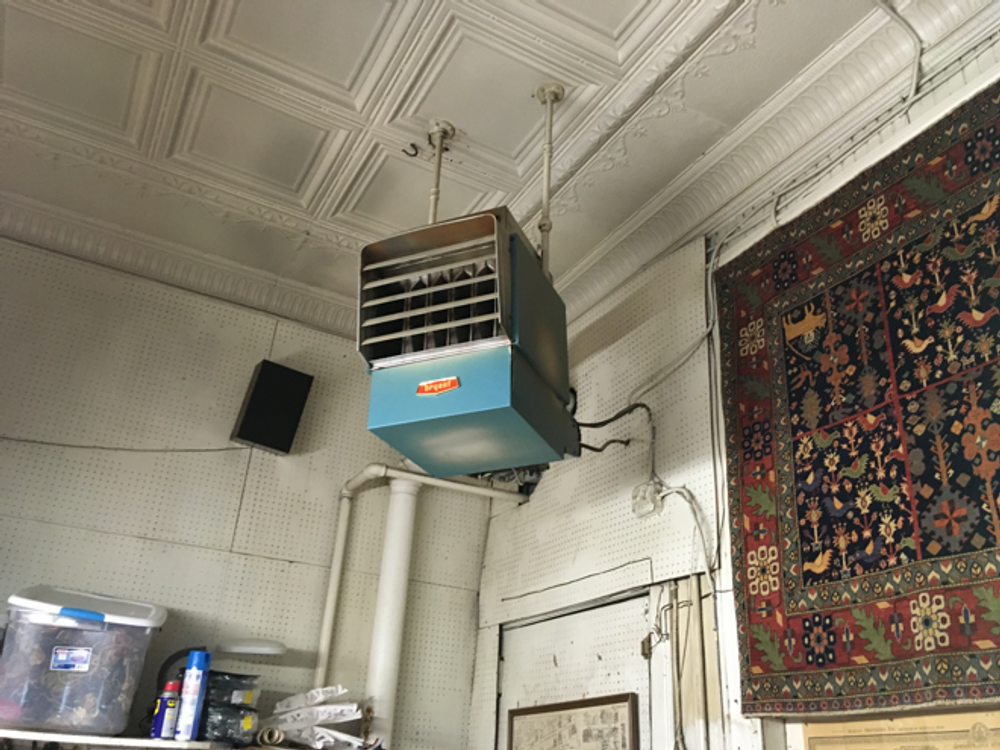
Comments
You are not logged in! Please log in to comment.